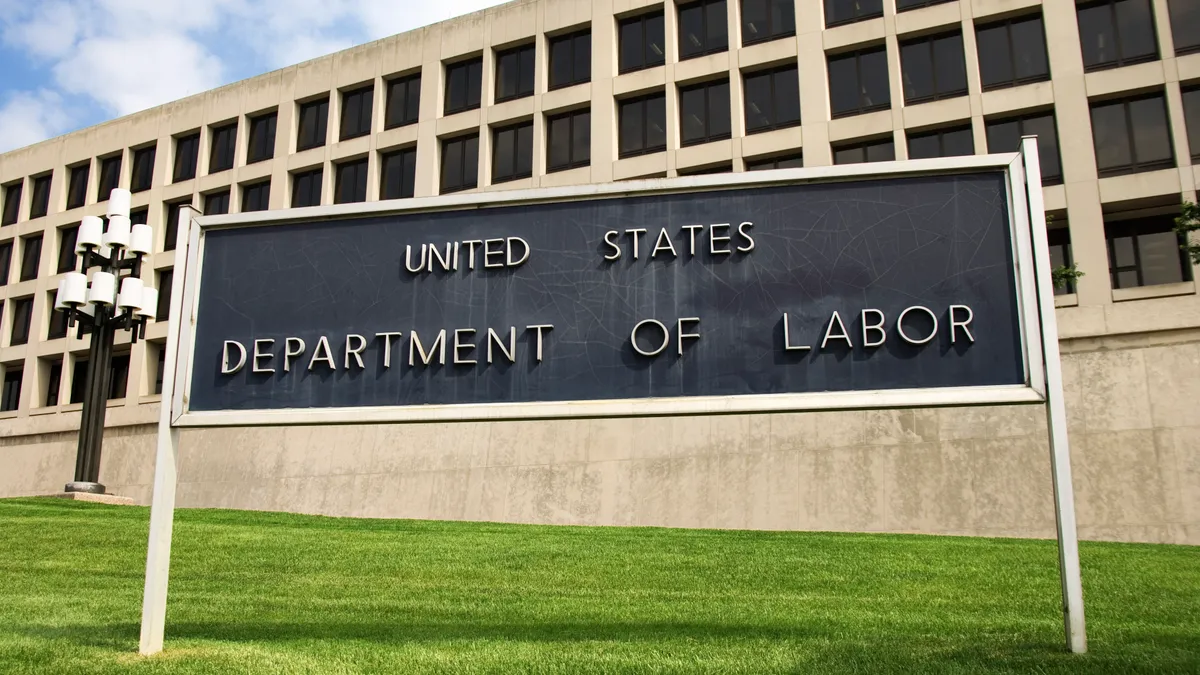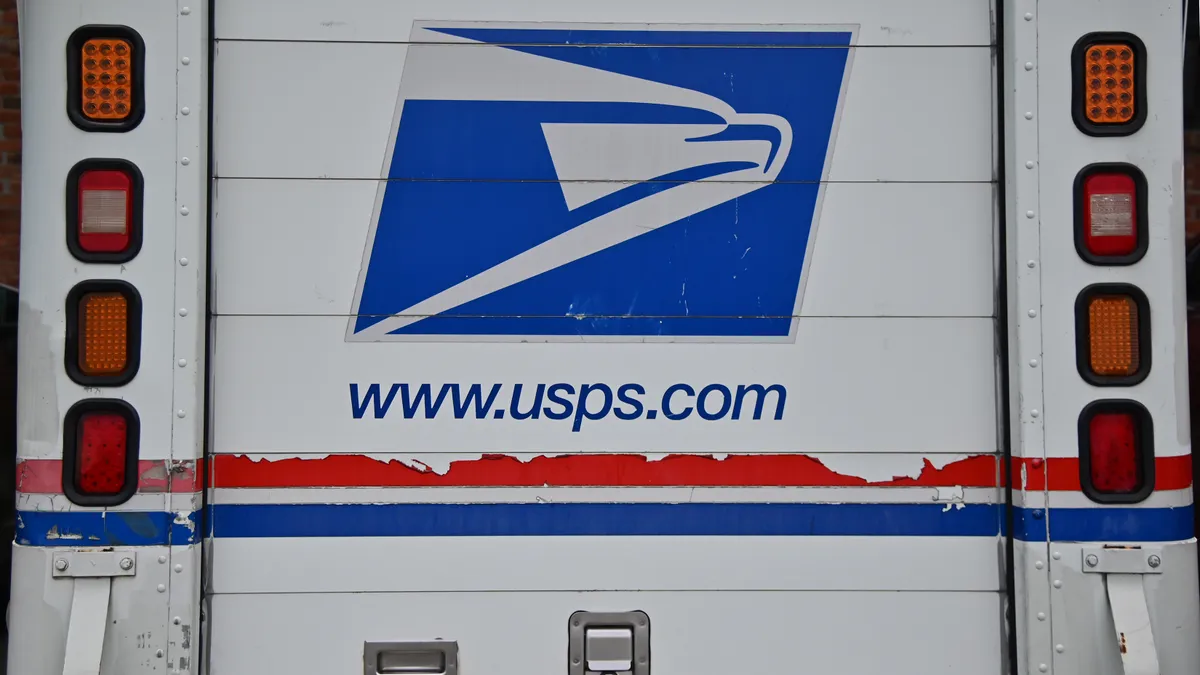A virtual meeting Thursday between the U.S. federal government's top employment and labor law enforcement agencies contained a crucial insight for compliance watchers: the agencies will work together to identify where employers have violated workers' rights under multiple statutes.
Leaders at the U.S. Department of Labor, U.S. Equal Employment Opportunity Commission and National Labor Relations Board said the collaboration is necessary due to gaps in the nation's enforcement of pay, anti-discrimination, anti-harassment and anti-retaliation laws.
"We know that the enforcement regime can be imperfect and that the cost of coming forward may take its toll," said DOL Deputy Solicitor General Seema Nanda. "So we are committed to a strategy of intervening early and often and working as one government to do it."
Nanda said the agencies may seek to do so via cross-training so that their respective staff understand each agency's mission and can refer cases to one another, enter joint settlements in which multiple agencies have related cases, provide technical assistance to one another or participate in joint outreach to employees.
It also could mean that, during an investigation, an agency could advise a worker to file a charge or complaint with another agency and provide information on how to do so, if regulators believe unlawful conduct that falls under the jurisdiction of another agency has occurred, said Jennifer Abruzzo, general counsel at NLRB. Agencies also may decide to conduct coordinated investigations, she continued.
"Unfortunately, way too often, we see that when one worker protection statute has been violated, so has another," Abruzzo said. "So through better collaboration and coordination and resource sharing, we think we can be even more productive."
Participants highlighted cases investigated by their respective agencies with the aim of demonstrating what potential intersections look like.
Lisa Y. Henderson, regional director of NLRB's Region 10 office based out of Atlanta, talked about her office's work with a group of four African American hotel workers whom she said were retaliated against after complaining about their work conditions. Henderson recalled a moment during the case in which one of the workers told Henderson that she was grateful to have the chance to speak about her experiences in court.
Though Henderson said she found this to be a "really powerful affirmation of what we do at NLRB," she also noted that low-income workers who decide to speak out also may face issues related to their pay, health, safety or issues related to their race, sex or other protected characteristics.
"As satisfied as this worker was, I knew that the NLRB's remedies have limits," Henderson said, "and I wonder what further relief these women may have gained had we had the kind of partnerships with other federal agencies that we're now building."
'Workers don't lead single-issue lives'
To do that kind of work, though, the panel spoke about the need for agencies to improve outreach to workers. A key objective may be to streamline interactions with those alleging violations that may intersect departments.
"One of the things we're hearing a lot about today is that workers don't lead single-issue lives," said Jessica Looman, acting administrator of DOL's Wage and Hour Division. "And it shouldn't be up to them to try to have to navigate their government. The government needs to be there to really help serve every single one of those workers."
EEOC, for example, has built relationships with community groups, worker groups and nonprofits in its efforts to inform workers about their rights, said Mary Jo O'Neill, regional attorney in the agency's Phoenix district office. More broadly, she continued, EEOC seeks to reach out to worker communities using social media and in various languages.
One notable example of that social media connection occurred in the context of meat processing company JBS Swift's $5.5 million settlement with EEOC over race national origin and religious discrimination claims brought by a group of Somali workers. O'Neill said she learned about a Somali community on YouTube during her work on the JBS Swift case; "that was a way we could communicate."
Agencies also have collaborated together to present to workers directly. O'Neill said EEOC's Chicago office hosted a joint seminar with the Wage and Hour Division's Minneapolis office in which the pair of agencies spoke to employers and workers about the statutes under their jurisdiction and the processes for filing claims with the agencies. "And I think this is just the beginning of many such collaborations," she continued.
The common thread: Preventing retaliation
EEOC is focused on preventing retaliation, particularly against underserved workers in low-paying jobs, according to Chair Charlotte Burrows. Women and people of color tend to be concentrated in the very lowest paying jobs and face their own set of vulnerabilities even if they report violators, she added.
"This is the time, I think, where we have the national will to live our values with respect to anti-discrimination, and we have to get in front of it as our nation recovers from a pandemic that's disproportionately affected vulnerable workers and workers of color," Burrows said. "Our agencies joining together now can really make a difference if people do come forward, and we're committed to doing that."
Lack of diverse representation at the management and executive levels presents hurdles as well, because workers may feel isolated and therefore reluctant to report harassment or discrimination when it occurs, Burrows said, regardless of industry or job type.
Others echoed the importance of anti-retaliation for interagency efforts. "Workers are our nation's eyes and ears for identifying workplace discrimination, inequities, violations and hazards," Nanda said. "And our message to workers today is this, our agencies recognize that we are only effective when workers feel safe coming forward."





















